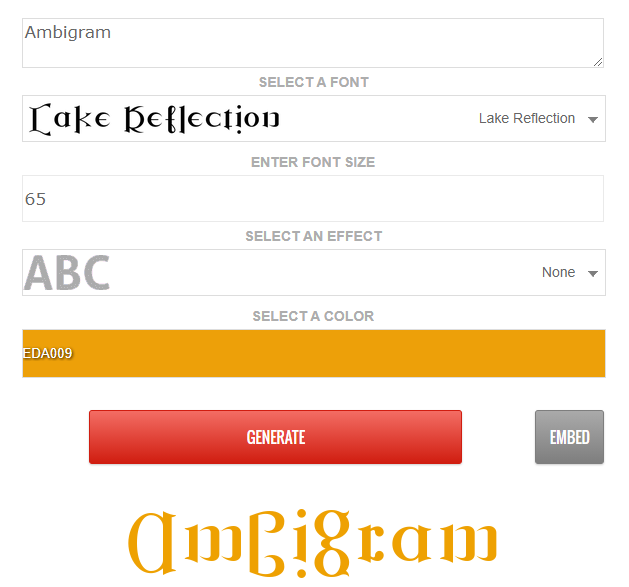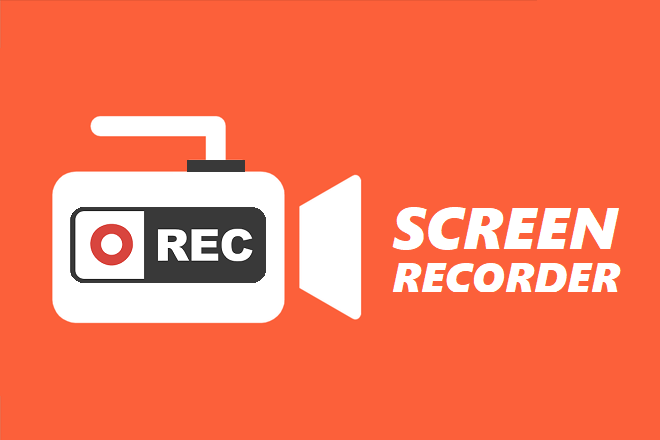Building a mobile app is easier than ever today, thanks to the abundance of mobile app development tools and software available in the market.
Such resources enable individuals to build an app regardless of their budget or development skills.
So, if you want to know more about such tools, keep reading.
In this blog, we will go over ten of the most popular and useful mobile app development software developers have leveraged over the past decade. This list contains both ongoing and discontinued software for informational purposes.
Top 10 Best Mobile App Development Software
Let’s look at the remarkable features as well as the pros and cons of each of these mobile app development software:
Apache Cordova

In 2008, Nitobi Software launched PhoneGap as an open-source project. Adobe acquired it in 2011 and donated it to the Apache Software Foundation, where it was renamed Cordova.
This service was discontinued in 2020, but Apache Cordova has remained a core tool of Adobe PhoneGap and PhoneGap Build for the past nine years, thanks to a strong community with several contributions.
Pros
- Developers had great flexibility with PhoneGap and could easily build any type of app.
- It was compatible with every platform
- Its Open Source License allowed users free access to new codes and modules.
Cons
- It may not support all the functionalities you might need in your app.
- Some apps run slower than native apps with similar functionality due to the involvement of web-based technologies.
- Developers could build for free only once. Subsequent projects required monthly fees.
Appy Pie

Appy Pie was initially a game development platform built by Abhinav Girdhar in 2013. Two years later, it was turned into No Code software with a bunch of app templates to help developers build native apps. At present, it supports the creation of various business apps, chatbots, and NFTs, with over ten million clients.
Pros
- Appy Pie is great if you want to build an app for any of the following:
- Restaurants
- Churches
- Businesses
- Education
- Radio And Podcasts
- Shopping
Although it is a full-stack platform at present, Appy Pie began as a template-based builder, and it still offers detailed templates for the above.
- The platform is incredibly fast and convenient, giving developers an advantage to build and publish apps within hours.
- Users can download the apps you create on Appy Pie through a link or QR code, making it a useful advantage for beta testing.
Cons
- The User Interface options leave much to be desired. They feel outdated and can cause problems if you want a rich, sleek, and modern UI.
- You need to pay extra if you want to publish without branding, although you would also be paying for add-on benefits.
- Developers cannot export the code, which means migrating from the platform is out of the question. This can be a big disadvantage as developers would have to start from scratch for the same app.
Flutter

Flutter is Google’s cross-platform mobile app development framework, offering everything from a UI library to a rendering engine for complete app development. Countless developers have adopted Flutter app development for both Android and iOS devices, taking advantage of its significantly smaller codebase.
Pros
- Flutter app development is more cost-effective and comes with lower time-to-market and resource requirements.
- It provides excellent development support through features such as “hot reload” and extensive learning resources.
- The platform gives complete control over its apps’ look and feels through its UI widgets for speed and greater reliability.
Cons
- Stability and maintenance might be long-term issues, since Flutter and Dart rapidly evolve to accommodate changing demands.
- The changes taking place on operating systems can take time to reach the Flutter SDK. This delay can be a dealbreaker for some.
Ionic

Here’s another technology that doesn’t require you to have any deep platform-specific knowledge. It offers an extensive range of standard yet customizable elements and plugins for better interaction with smartphone hardware.
Pros
- Ionic has a great collection of convenient UI components, including buttons, toggles, cards, lists, and grids.
- You can work on Android and iOS at the same time (for the most part; styling and plugins need platform support)
- Building the entire app within your browser is possible, except for native phone functionalities. You may have to hire a mobile app development company for those.
Cons
- Debugging is a time-taking and complicated process due to vague error messages
- Random crashes are more common in Ionic, and it is difficult to locate the source of the errors
- You must add native plugins; despite the possibilities of conflicts, they are necessary considering the lack of features available intrinsically in Ionic.
Xamarin

Founded in 2011, Xamarin has become a popular open-source cross-platform product for mobile app development within the Microsoft ecosystem over the years, especially since its acquisition by the software giant in 2016. It uses C# alone to build apps for every mobile platform.
Without going into technical details, this mobile app development software can take advantage of native libraries for cross-platform development.
Pros
- It delivers performance comparable to native for both Android and iOS platforms, which is a distinct advantage over conventional web technology-based hybrid solutions.
- Its platform-specific UI components ensure outstanding experiences.
- The Xamarin.Forms tool allows the conversion of UI elements into platform-specific interface elements when the app is running. This speeds up the app development process significantly.
Cons
- While individual developers benefit greatly from this open-source platform, it can prove quite expensive for professional and enterprise use. However, the hefty fees will also unlock additional tools and features, such as Azure DevOps, CI/CD pipelines, and reporting solutions.
- Xamarin-based apps take up far more space than their counterparts.
- The Xamarin talent pool is much smaller, making it difficult to find experienced Xamarin developers.
Buildfire
This tool enables non-technical users to build mobile apps quickly, such as workflow automation applications, mCommerce apps in sync with Shopify stores, content creation apps, and event management applications. It also offers a host of customizable features using the developer SDK.
Pros
- BuildFire provides access to tons of free and paid extensions of the plug-and-play variety in its marketplace. These can easily raise your app’s functionality- again, without the need for extensive coding.
- This platform offers a convenient click-and-edit interface with a mobile backend as a service (MBaaS) and customizable backend logic.
Cons
- Many users have switched to another app builder because of possible performance issues with BuildFire, while others argue that the vendor is slow at rolling out new features and essential updates.
- It has been reported that the customer support team does not respond quickly. This is a concern if your application assists with business-critical operations or has a large user base.
Felgo
The Felgo SDK lets you build modern, flexible, and beautiful cross-platform applications natively, compiled from a single file. It uses the Qt framework.
Pros
- Felgo enables developers to build mobile app solutions for all platforms.
- With the Qt Framework, Felgo implements live hot reloading of the UI and other advanced controls.
- Qt underneath allows developers to use it in many different sectors. These include embedded devices and gaming apps.
Cons
- Felgo might be in need of improvements in its documentation, according to some experts.
- There is no detailed information available on Felgo functionalities and API use.
- More examples would help; very few examples are available for developers to explore functionalities.
Appcelerator
Appcelerator offers an extensive range of graphical animations, transition effects, and APIs. Founded in 2006, the mobile tech company uses JavaScript components and APIs, the most powerful computer language for the modern industry. Appcelerator was turned open-source by its owner Axway in March 2022.
Pros
- JavaScript allows you to control existing skills across multiple platforms by normalizing code.
- With Appcelerator, you can choose from App Analytics, Backend-as-a-Service (BaaS), and more.
Cons
- SDK-related issues caused by versions or builds can also interrupt the delivery of features and products.
- A common user interface across platforms can be seen as an advantage, but it actually requires the team to be trained on proprietary technology, which may not be applicable outside of Titanium.
Mobincube
Mobincube was designed to offer drag-and-drop app development based on templates so that anyone could create an iOS or Android app.
Pros
- With its option to build unlimited free apps, its 0$ price tag is hard to beat- as long as you don’t have a problem with ads.
- One of Mobincube’s biggest advantages is the amount of profit you can generate from ads on the platform.
- You can build and integrate complex databases to store any type of information.
Cons
- There are limitations when it comes to the size of the app you are building, even if you are using the Advanced plan.
- The templates aren’t unique, which means if you want to build an app that stands out from the competition in terms of user experience, you may need to look for inspiration elsewhere.
- The ads can show up anywhere and get quite frustrating for your users, especially if you accidentally click on one because it has switched places with the app menu.
LongRange
LongRange allows developers to extend their IBM i apps to mobile device, desktop, and laptop users. It enables apps to use mobile features like GPS, camera, and local storage. Using a single codebase, developers can write once and deploy anywhere (Android, iOS, Windows).
Pros
- By integrating its SDK with internal and external IT systems and hardware, you can create any custom functionality.
- You can build platform-independent mobile applications with LongRange that even run offline, even though you might still need connectivity to use some of the app’s functionalities.
Cons
- Although it is quite popular, LongRange isn’t as well-known as the open-source variants mentioned above.
- It requires IBM i to work, which, if implemented incorrectly, can spell disaster for the business owner.
Final Thoughts
Here are some of the best, free and open source mobile app development software. Choosing the most favorable option depends on your use case, specific requirements, and the mobile app development company you choose to work with.






